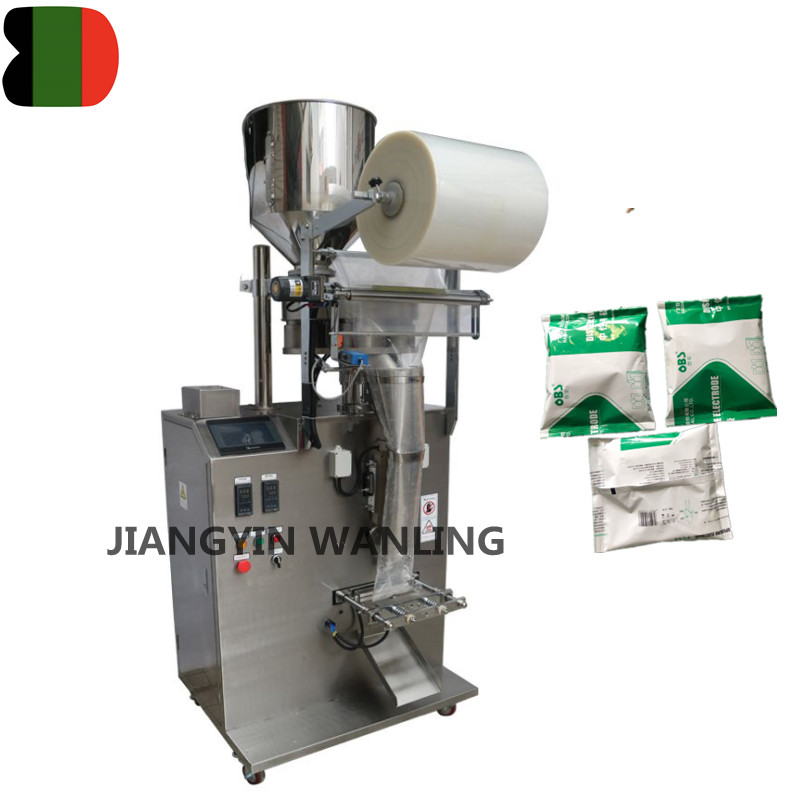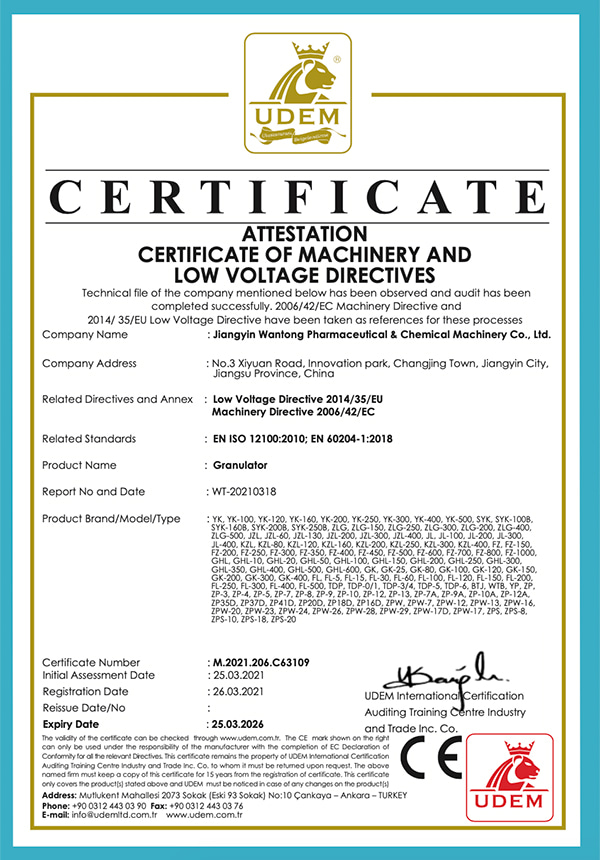Automatic Packing Machine Manufacturer
-

500g food powder filling packing machine
This food powder packing machine is widely used to pack any loose,non-cohesive granule products,and chemical industries,such as soup mix,cof... -

full automatic food powder packing package machine
Automatic weighing, bag forming, filling, sealing, cutting, and lot number printing Complete trademark design on packaging (color control sy... -

1kg powder filling packing package machine
This 1kg powder filling machine is an automatic type packing machine. It can weight, bag-making, filling, sealing, cutting, lot number autom...

About Us
Honor
-
 Honor
Honor -
 CE
CE
News
-
Industry News 2025-12-12
How to Choose the Right Ribbon Blender for Powder and Granule Mixing Choosing a ribbon blender for ...
View More -
Industry News 2025-12-07
Introduction: The Versatile Workhorse of Size Reduction In the vast landscape of industrial processi...
View More -
Industry News 2025-11-24
The Importance of Efficient Mixing in Powder Processing In powder processing, achieving a uniform an...
View More -
Industry News 2025-11-18
A rapid mixer granulator is a high-shear wet granulation system widely adopted in pharmaceutical man...
View More
Industry Knowledge Expansion
How does the automatic packaging machine achieve full automation?
An automatic packaging machine achieves full automation through a combination of advanced mechanical components, electronic controls, sensors, and often integrated software systems. Here's how these elements work together to create a fully automated packaging process:
Programmable Logic Controllers (PLCs): These are used to control the machine's operations, including start/stop functions, sequence of operations, and coordination between different parts of the machine.
Human-Machine Interface (HMI): An HMI allows operators to interact with the machine, program settings, monitor operation, and troubleshoot issues. It can be a touch screen or a computer interface.
Sensors: Various sensors are used to detect the presence of products, ensure correct positioning, monitor fill levels, and check for packaging integrity.
Conveyor Systems: Automated conveyors move products to and from the packaging area, often with adjustable speeds and routes to accommodate different product sizes and shapes.
Feeders: Automatic feeders can be part of the system to supply products or materials at a consistent rate into the packaging process.
Product Recognition: Cameras and vision systems may be used to identify and verify product characteristics before packaging.
Filling and Weighing Systems: Automatic filling systems ensure precise amounts of product are placed into each package, with weigh scales to confirm accuracy.
Sealing and Closing Mechanisms: The machine can automatically seal and close packages, whether it involves heat sealing, stapling, or applying adhesive.
Labeling and Marking: Integrated labeling machines can apply labels or markings to packages at high speed with precision.
Palletizing: For larger operations, automatic palletizing systems can stack packaged products onto pallets for easy storage or shipping.
Error Detection and Correction: The machine can detect errors or deviations in the packaging process and automatically make corrections or alert operators.
Cleaning and Sanitizing: Some machines have automatic cleaning cycles that minimize downtime and ensure product safety.
Data Collection and Analysis: Advanced machines can collect data on production rates, efficiency, and errors, which can be analyzed for process optimization.
Networking Capabilities: Automatic packaging machines can be connected to a network, allowing for remote monitoring, control, and integration with enterprise resource planning (ERP) systems.
Robotic Integration: In some cases, robotic arms are integrated into the packaging line to perform complex tasks such as delicate product handling or custom packaging configurations.
Changeover Mechanisms: For machines that need to handle multiple product types, automatic changeover systems can quickly adjust the machine's settings and tools to suit different packaging requirements.
Safety Interlocks: Automatic systems ensure that safety protocols are followed, with interlocks that stop the machine if a door is opened or an emergency stop is activated.
By integrating these features, an automatic packaging machine can operate with minimal human intervention, performing a series of complex tasks to package products at high speeds and with high accuracy. This level of automation not only increases efficiency and productivity but also helps to reduce labor costs and the potential for human error.



 Español
Español
